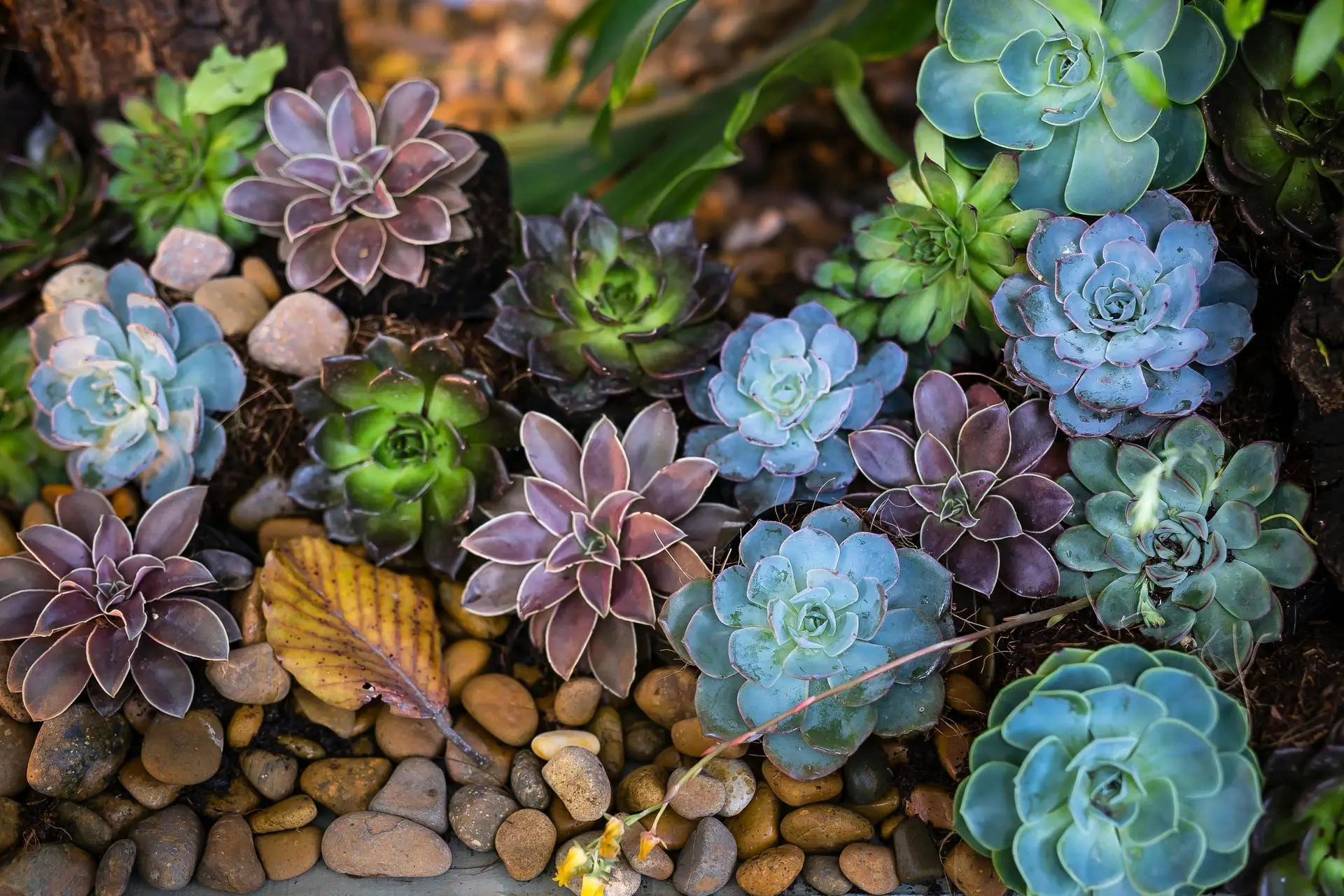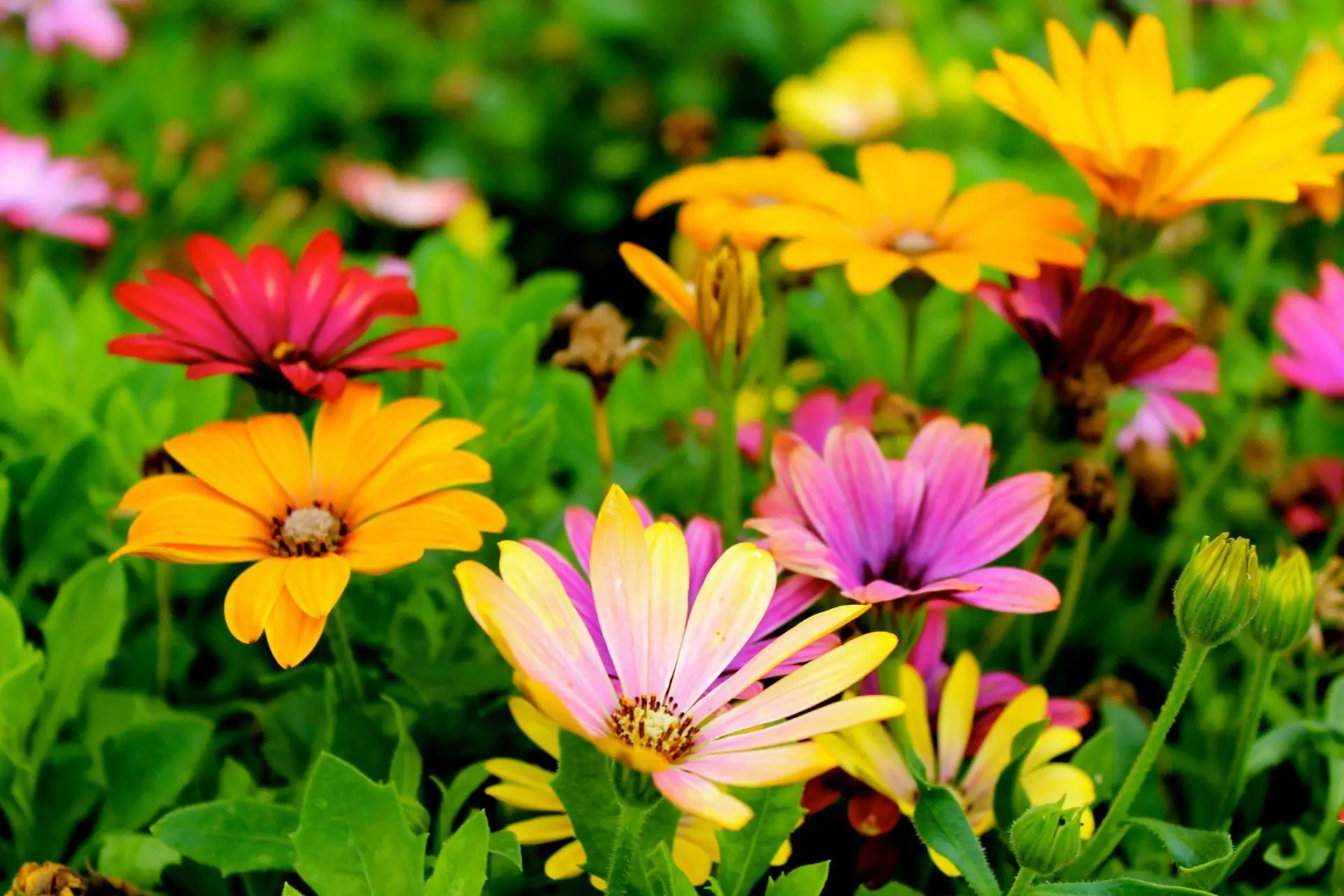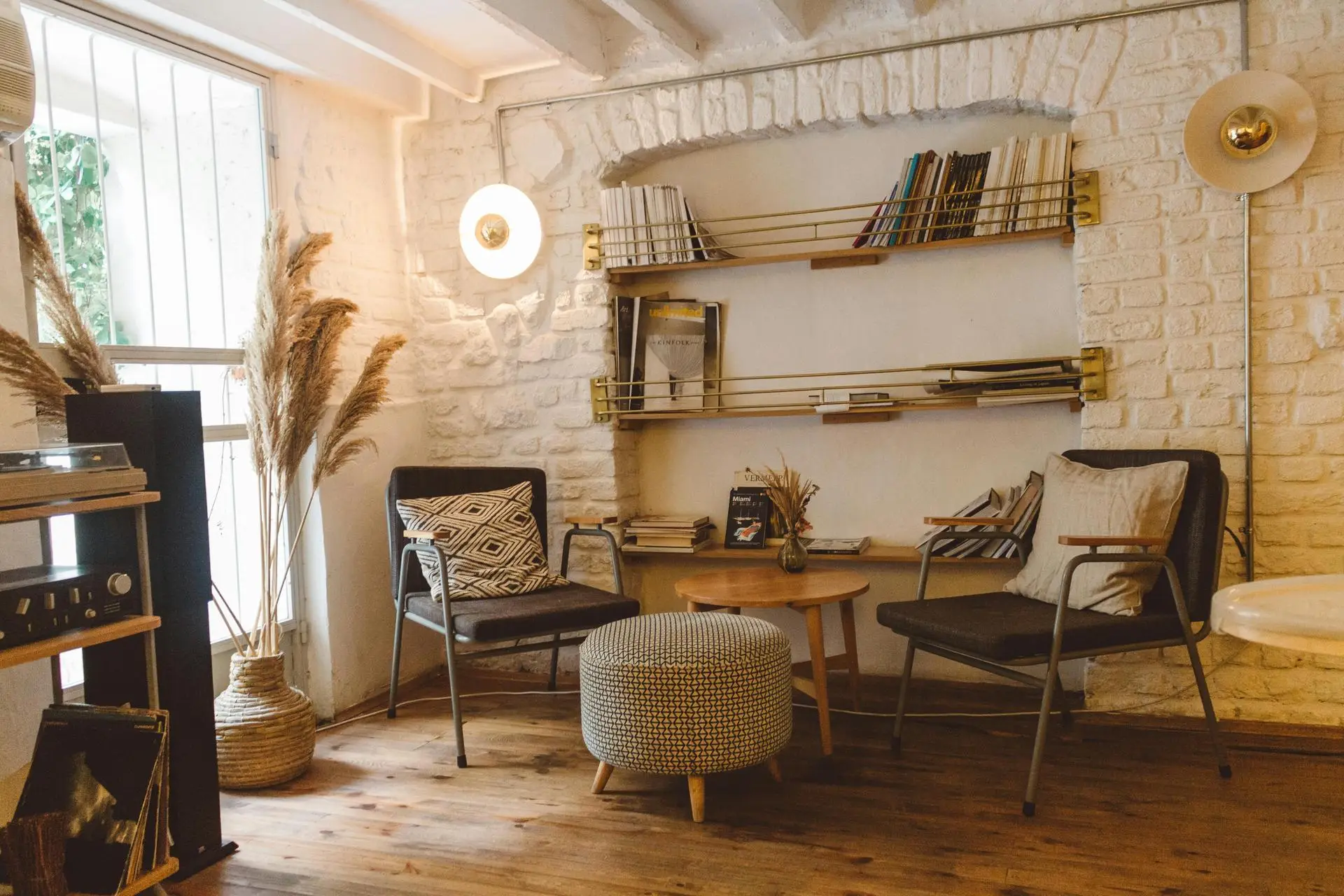How Ancient Roman Garden Design Principles Can Transform Modern Spaces
The Timeless Appeal of Roman Gardens
Ancient Roman gardens have captivated imaginations for centuries, their allure transcending time and culture. These meticulously planned spaces were not merely decorative; they served as extensions of living areas, reflecting the Roman ideals of order, symmetry, and harmony with nature. Today, as we seek to create outdoor sanctuaries that offer respite from our fast-paced lives, the principles of Roman garden design offer a wealth of inspiration for modern landscaping.
The Essence of Roman Garden Design
At its core, Roman garden design was characterized by several key elements:
- Symmetry and balance
- Geometric layouts
- Water features
- Statuary and ornamental elements
- Diverse plant life
- Functional spaces for relaxation and entertainment
These elements worked in concert to create spaces that were both aesthetically pleasing and practical, embodying the Roman philosophy of otium – leisure time spent in contemplative or recreational pursuits.
Incorporating Symmetry in Modern Landscapes
One of the most striking features of Roman gardens was their emphasis on symmetry, which can bring a sense of order and calm to modern outdoor spaces. To incorporate this principle:
- Create mirror-image plantings on either side of a central walkway
- Use pairs of matching containers or statues to frame entrances or focal points
- Design geometric flower beds with repeating patterns
This approach not only pleases the eye but also makes maintenance more straightforward, as plants with similar needs are grouped together.
The Power of Geometric Layouts
Roman gardens often featured strong geometric shapes, particularly rectangles and squares. This design choice can be adapted to contemporary settings by:
- Laying out pathways in grid patterns
- Creating raised beds in square or rectangular shapes
- Using hedges or low walls to define distinct gardenrooms"
These structured layouts provide a sense of organization and purpose, making even small spaces feel more expansive and well-planned.
Water: The Heart of Roman Gardens
Water played a central role in Roman garden design, serving both practical and aesthetic purposes. Modern gardeners can harness the soothing power of water by:
- Installing a central fountain as a focal point
- Creating a small pond or reflecting pool
- Incorporating a rill or narrow water channel along a pathway
Water features not only add visual interest but also introduce soothing sounds and create a cooler microclimate, making outdoor spaces more inviting during warm weather.
Statuary and Ornamental Elements
Roman gardens were adorned with statues, urns, and other decorative elements that added visual interest and cultural significance. In modern gardens, this principle can be applied by:
- Placing a sculpture or urn at the end of a vista
- Using decorative obelisks or columns as vertical accents
- Incorporating mosaic tiles in pathways or wall features
These elements can serve as conversation pieces and add a touch of personality to the garden.
Embracing Plant Diversity
While Roman gardens were known for their orderly layouts, they also celebrated a diversity of plant life. Modern gardeners can take inspiration from this by:
- Mixing formal hedges with more naturalistic plantings
- Incorporating both native and exotic species
- Creating layers of vegetation, from ground covers to trees
This approach not only creates visual interest but also supports biodiversity and resilience in the garden ecosystem.
Functional Spaces for Modern Living
Roman gardens were designed for active use, not just passive viewing. To make modern outdoor spaces more functional:
- Create defined areas for dining and entertaining
- Incorporate comfortable seating for relaxation
- Design shaded areas for respite from the sun
By thinking of the garden as an outdoor room, homeowners can extend their living space and make the most of their property.
The Art of Framing Views
Roman gardens often used architectural elements to frame views of the surrounding landscape. This technique can be adapted to modern settings by:
- Using pergolas or arches to createwindows" to different garden areas
- Planting trees or tall shrubs to frame distant views
- Creating openings in hedges or walls to reveal surprise elements
This approach adds depth and intrigue to the garden, encouraging exploration and discovery.
Sustainable Practices Inspired by Ancient Wisdom
While ancient Romans didn't face the same environmental challenges we do today, their garden design principles can be adapted to support sustainability:
- Use drought-tolerant plants in formal arrangements
- Incorporate rainwater harvesting systems into water features
- Choose local materials for hardscaping to reduce transportation costs and environmental impact
By combining ancient wisdom with modern ecological knowledge, we can create gardens that are both beautiful and environmentally responsible.
The Role of Vertical Elements
Roman gardens often incorporated vertical elements to add height and drama to the landscape. In modern gardens, this principle can be applied by:
- Installing trellises or arbors for climbing plants
- Using tall, columnar trees as living sculptures
- Creating green walls or vertical gardens on fences or walls
These vertical elements not only add visual interest but can also help to screen unsightly views or create privacy in urban settings.
Embracing the Concept of the Hortus Conclusus
The Roman idea of thehortus conclusus" or enclosed garden can be particularly relevant in today's urban environments. To create a sense of sanctuary:
- Use hedges, walls, or fences to define the garden's boundaries
- Create a sense of discovery with hidden nooks or secluded seating areas
- Incorporate fragrant plants to engage the senses and mask urban noise
This approach can transform even a small city garden into a private oasis, offering a retreat from the stresses of modern life.
Adapting Roman Design to Different Climates
While Roman garden design originated in the Mediterranean, its principles can be adapted to various climates:
- In arid regions, use drought-tolerant plants and gravel in place of lawns
- In colder climates, focus on evergreen structure and winter-interest plants
- In tropical areas, embrace lush foliage and vibrant colors within formal structures
By understanding the local climate and plant palette, gardeners can create Roman-inspired spaces that thrive in their specific environments.
Incorporating Productive Elements
Roman gardens often included productive elements such as fruit trees and herb gardens. Modern gardeners can embrace this tradition by:
- Espalier fruit trees along walls or fences
- Create formal herb gardens with geometric layouts
- Incorporate edible plants into ornamental beds
This approach not only adds visual interest but also provides fresh, homegrown produce, connecting us to the ancient tradition of gardens as both beautiful and useful spaces.
The Importance of Maintenance and Care
Roman gardens were meticulously maintained, reflecting the value placed on these spaces. For modern gardeners:
- Develop a regular maintenance schedule to keep the garden looking its best
- Prune and shape plants to maintain formal structures
- Regularly clean and maintain water features and hardscaping elements
A well-maintained garden not only looks better but also functions more effectively, providing greater enjoyment and value to its owners.
Bringing Roman Garden Design into the 21st Century
As we look to the future of garden design, the principles of ancient Roman gardens offer timeless inspiration that can be adapted to contemporary needs and aesthetics. By blending classical elements with modern materials and sustainable practices, we can create outdoor spaces that are both rooted in history and perfectly suited to today's lifestyles.
Whether you have a sprawling estate or a modest urban plot, incorporating elements of Roman garden design can transform your outdoor space into a harmonious, functional, and beautiful retreat. As we continue to seek balance between nature and our built environments, the wisdom of ancient Roman gardeners provides a valuable guide for creating spaces that nurture both body and soul."









